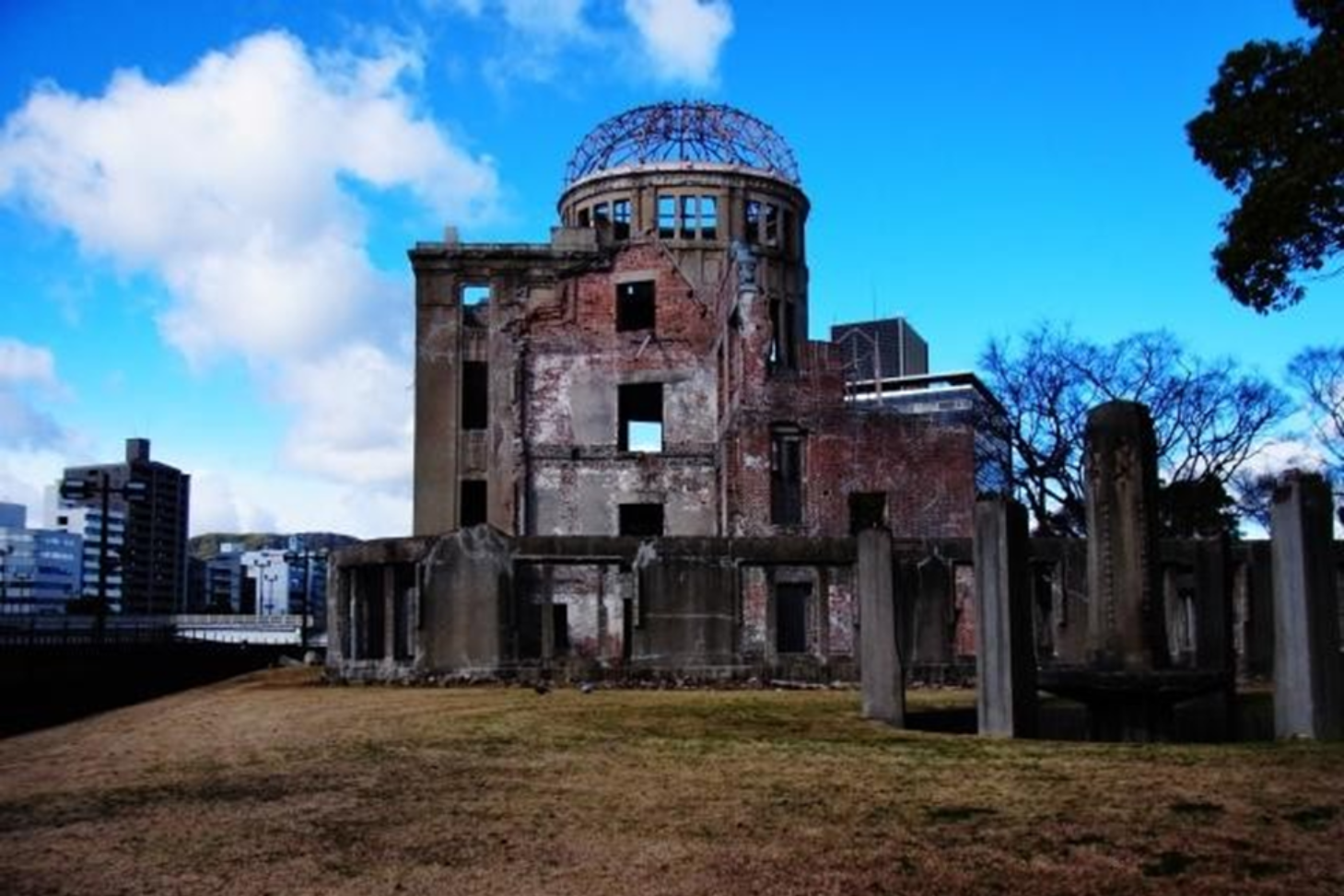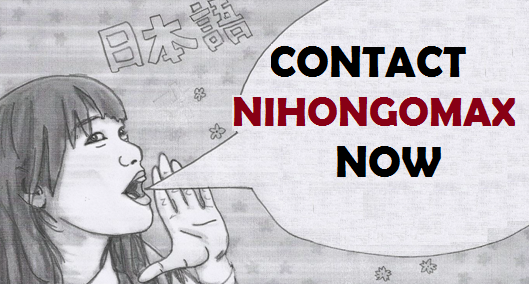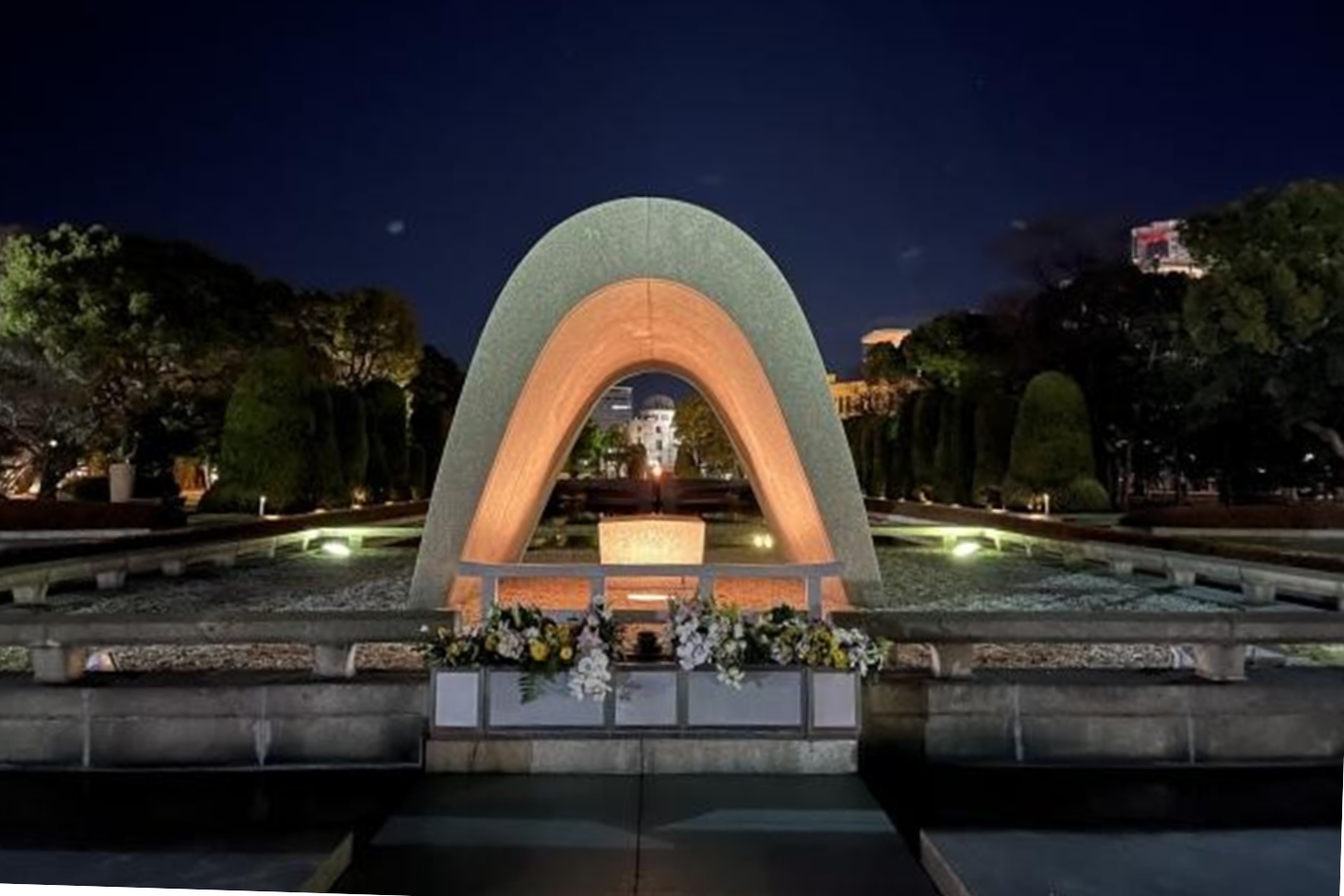


On August 6, 1945, the day when the United States first dropped an atomic bomb named “Little Boy” on Hiroshima. Soon after that on 9 August, 1945, the US dropped the second atomic bomb named “Fat Man” on Nagasaki. These attacks on Hiroshima and Nagasaki are one of the most devastating things done by humans to other humans. In this article we will discuss and explore this topic in detail.
The immediate impact was devastating and catastrophic. Over 1,40,000 people in Hiroshima and 75,000 in Nagasaki were killed due to these blasts and the subsequent months. People who survived known as Hibakusha, suffered a great deal of suffering and diseases. People suffered severe burns, radiation sickness and rapidly increased cancer rates. People lost their
homes, their families and almost everything that they once had. Lives of hundreds of thousands of people transformed into a nightmare.
Cities that were once so lively and important suddenly turned into a great rubble. Most of the infrastructure and buildings were destroyed and turned into vapours. Many people lost their belongings, security and places they once called home.
As the world came to know about the dangerous power of holding a nuclear weapon, countries started to create and acquire as many weapons as they could. If any country would use these weapons the other one would not hesitate to attack too, this became a global threat; and to regulate and avoid any destruction in the future, the Non-Proliferation Treaty emerged as a crucial international agreement.
Even in modern times, as the tension between two nuclear power countries escalates, the topic of Hiroshima and Nagasaki bombings provides clarity and reconsideration of decisions of using nuclear weapons.
After this very unfortunate event, scientific understanding about the immediate and long term effects of radiation increased rapidly. Medical researchers could now understand and theorize more accurately about the effects of radiation of an organism's health. This led to better treatments for many life threatening diseases.
It also encouraged scientists to study the effects of nuclear radiation on ecosystems and the environment.
It kind of puts people in a dilemma about the role of science in society. The subject of atomic and nuclear radiation became a double edged sword, where on one hand it is such a great source of renewable energy but on the other it can take millions of lives in a second. THat is why learning about the tragic attack on Hiroshima and Nagasaki is so important.

After this tragic incident, many people became voices for peace. The Atomic bomb survivors, also called hibakushas, gave their testimonials and let the world know how inhumane nuclear war can be. These survivors shared their stories and experiences with the world through books, documentaries and so on. These records are still a source of learning and inspiration for people all around the world.
After the bombings of Hiroshima and Nagasaki, Japan’s view on war changed a lot. They started to embrace pacifism and promoted peace above all. Important locations like Hiroshima Peace Memorial Park and Nagasaki Atomic Bomb Museum were established to always remember the suffering and loss victims and survivors of the bombings. Here personal belongings, letters, artifacts and many valuable and memorable things can be seen which remind us of the fact that there are no winners after violence. Millions of people come to Japan to visit museums and memorials.
Apart from this, we can observe the influence of these tragic bombings on many films, shows and books. Filmmakers, writers and other creatives still draw inspirations from this event to express what they feel about this tragedy. Films like “Grave of the Fireflies” are one example. Through these works of art we can understand the pain and loss of what a nuclear disaster can cause to humans.
I hope you drew some important insights by reading this article.